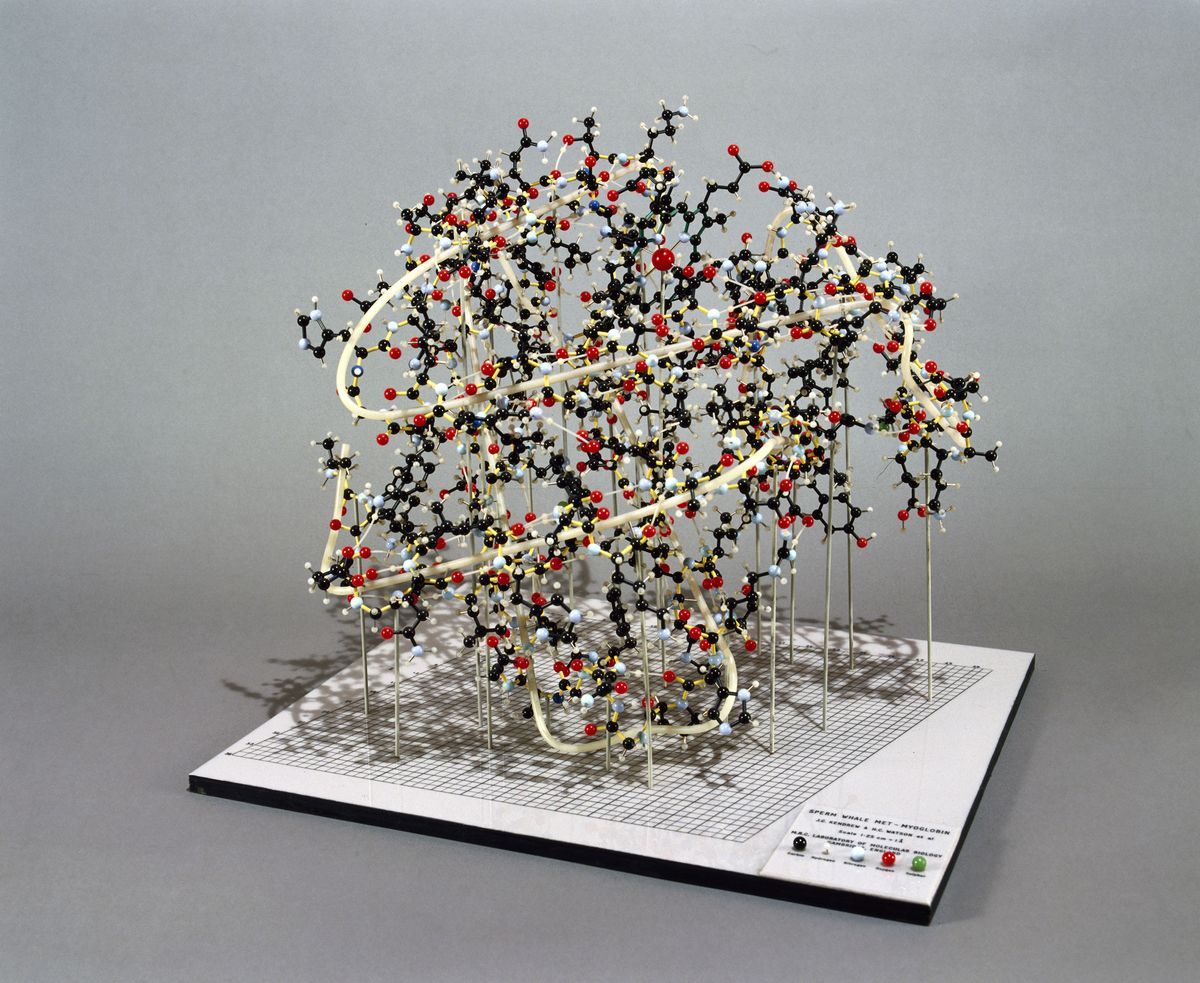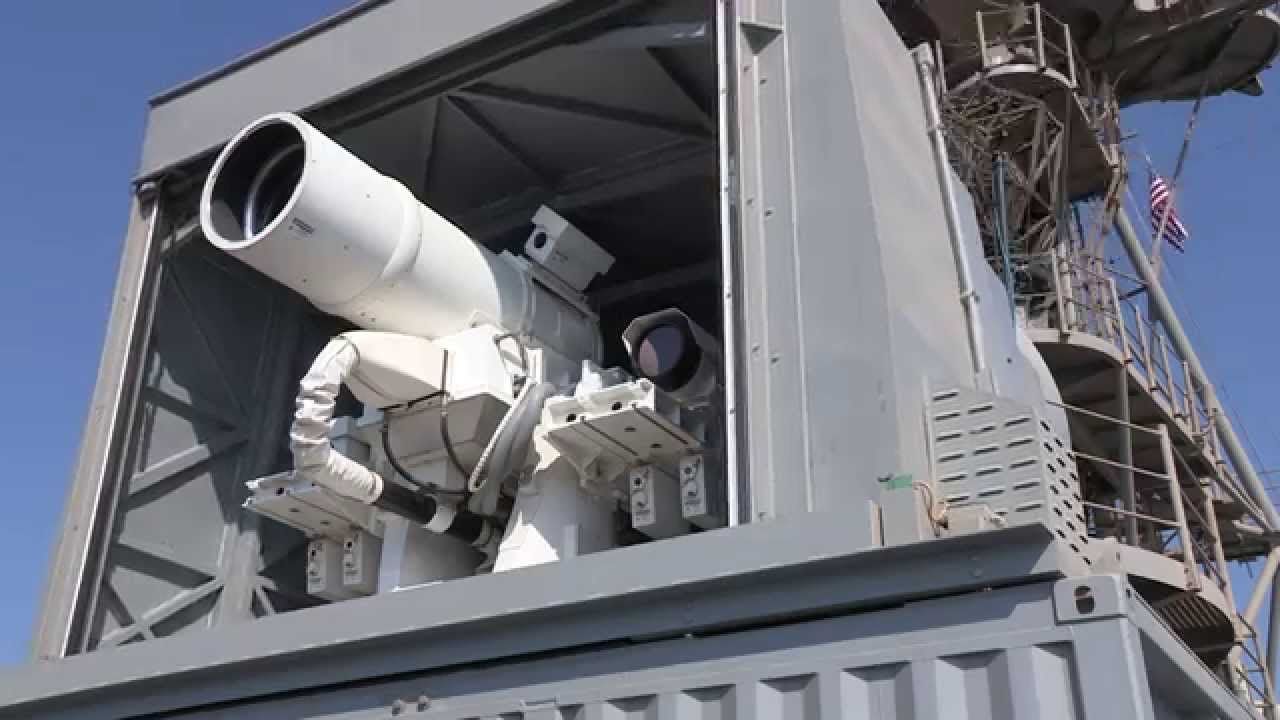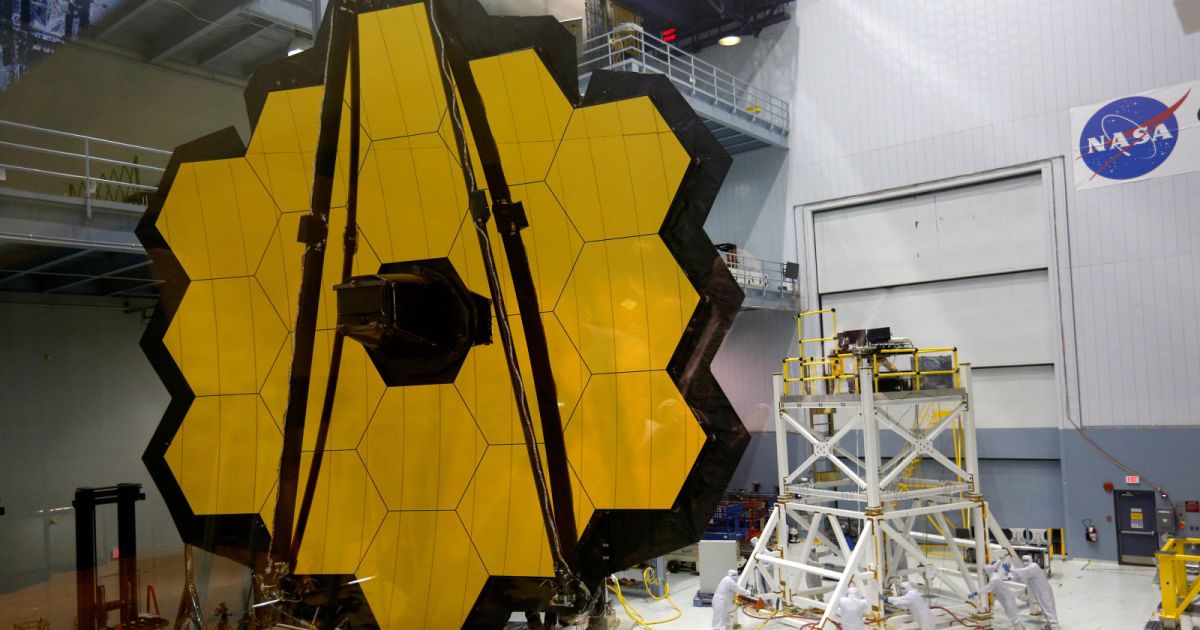Mar 27, 2018
An Experimental Superbug Killer Is a Tiny Step Closer to Saving Us From the Antibiotic Apocalypse
Posted by Genevieve Klien in categories: biotech/medical, futurism
A class of antibiotics heralded as an essential future weapon against drug-resistant superbugs passed an important test. There’s now evidence that they can be used to treat serious infections in live animals (in vivo) without being toxic.
Researchers created simplified, synthetic versions of teixobactin, a protein produced by certain dirt-loving bacteria that was first discovered in 2015. They tested the teixobactin in lab mice whose eyes were infected with one of several germs, including antibiotic-resistant strains of Staphylococcus aureus and Enterococcus. The most successful of these analogues was found to leave animal cells alone while still wiping out more than 99 percent of the bacteria in the infected eye.
The findings were published in January in the Journal of Medicinal Chemistry.


















